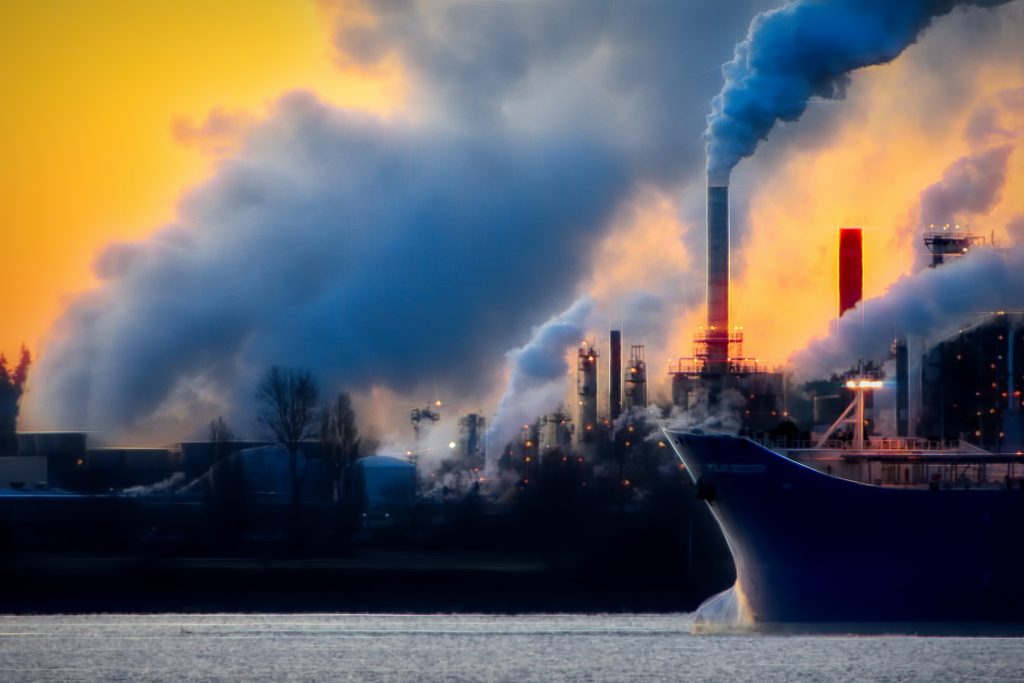
Global CO2 Emissions in 2022: A Silver Lining Amidst Energy Crises
In a world ever-concerned about climate change, 2022 presented a mix of challenges and triumphs. The International Energy Agency’s (IEA) latest report throws light on the global CO2 emissions for the year, revealing a complex yet hopeful narrative.
Surprising Findings
Contrary to anticipated fears, global energy-related CO2 emissions rose by a mere 0.9% in 2022. This increase, equivalent to 321 million tonnes, brings the total to a record-setting 36.8 billion tonnes. The silver lining? The growth in emissions was significantly tempered by the aggressive adoption and enhancement of clean energy technologies.
Economic Rebound and Emissions
A notable aspect of 2022 was the global economic growth of 3.2%. The rise in emissions for the year was starkly less than the 6% surge in 2021, which came on the heels of the Covid-induced economic recovery. The resumption of a decadal trend, albeit briefly interrupted, indicates a strengthening global commitment to sustainable practices.
Challenges Faced
The year wasn’t without its trials. Extreme climatic conditions, ranging from droughts to heatwaves, combined with the unexpected downtime of several nuclear power plants, contributed to the uptick in emissions. But the concerted global effort in the clean energy sector made a significant difference, offsetting an additional 550 million tonnes of emissions.

Word from the Top
IEA Executive Director, Fatih Birol, weighed in on the matter, stating, “The anticipated repercussions of the energy crisis didn’t escalate to a severe increase in global emissions. This is testament to the incredible strides we’ve made in renewables, EVs, heat pumps, and energy efficiency technologies.” However, he emphasized that while the momentum is positive, the relentless growth in fossil fuel emissions needs urgent attention.
A Closer Examination
While the overall numbers are promising, digging deeper presents a multifaceted scenario. Coal-based CO2 emissions saw a 1.6% increase, primarily driven by the global energy crisis and a resultant shift from gas to coal, particularly in Asia. Despite this rise, efforts in other sectors bore fruit. Emissions from natural gas dropped by 1.6%, a direct response to the geopolitical events surrounding Russia’s invasion of Ukraine and the subsequent efforts by Europe to minimize gas usage.
Global Players
Different global players showcased varied trajectories. While China’s emissions remained largely stable due to economic and pandemic-induced factors, the European Union reported a 2.5% decline in emissions, credited to an aggressive push towards renewables. On the other hand, the U.S. saw a 0.8% growth in emissions, attributed to increased energy consumption in buildings grappling with extreme temperatures.
In Conclusion
The IEA’s comprehensive report provides a clear snapshot of 2022’s energy-related emissions. While challenges persist, the global community’s commitment to clean energy and sustainable practices offers a glimmer of hope in the fight against climate change.
©eco-guardians.org